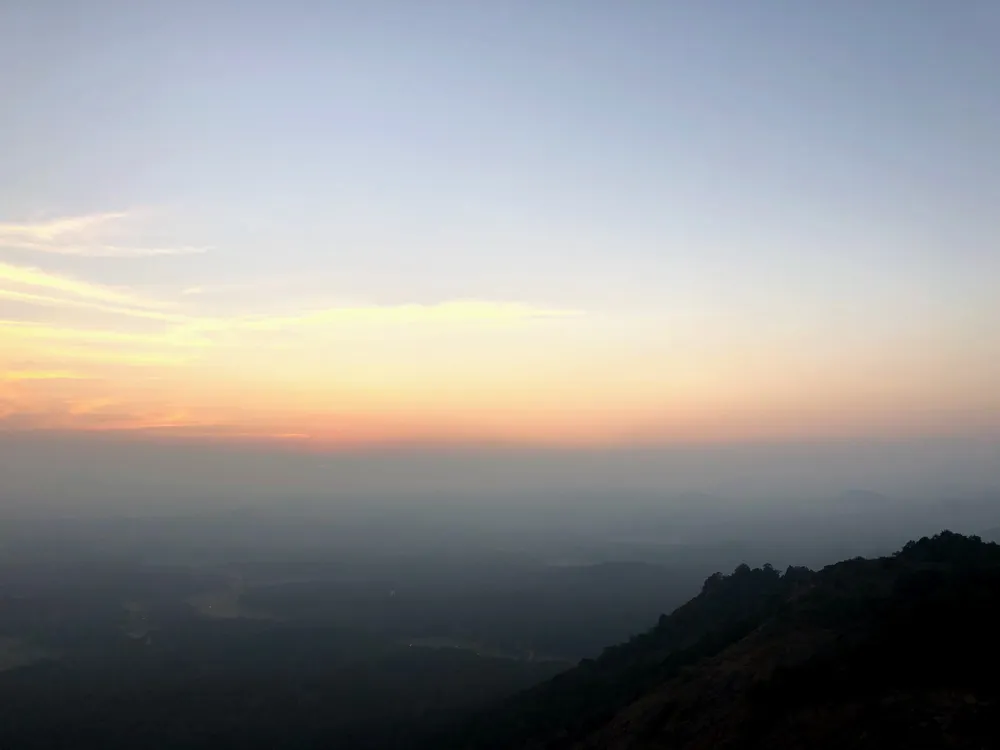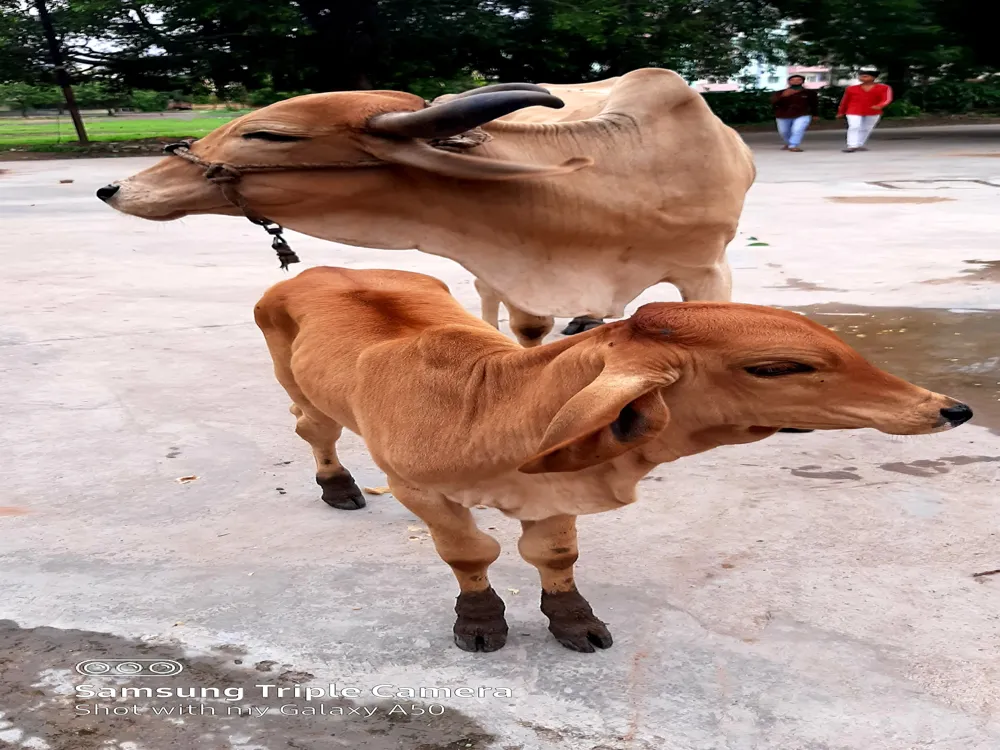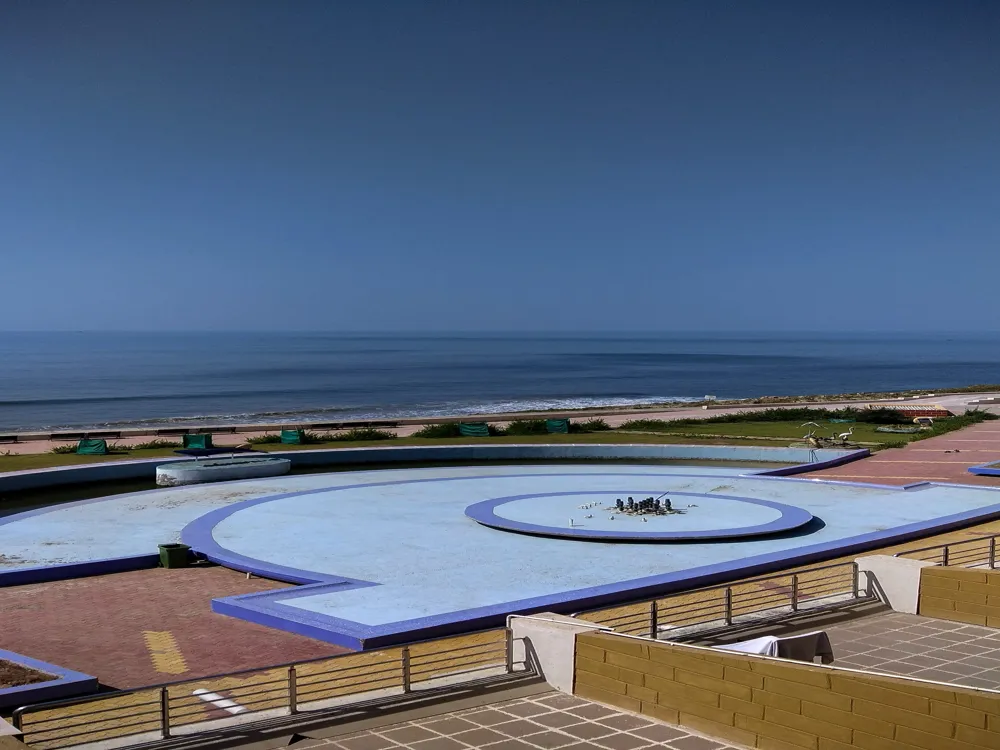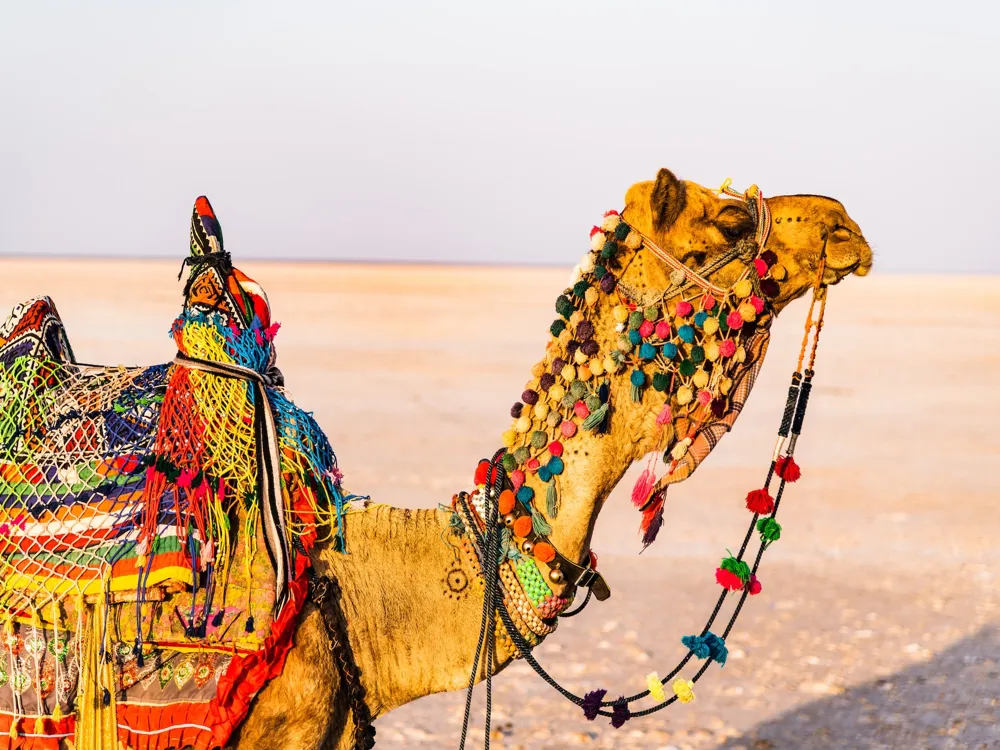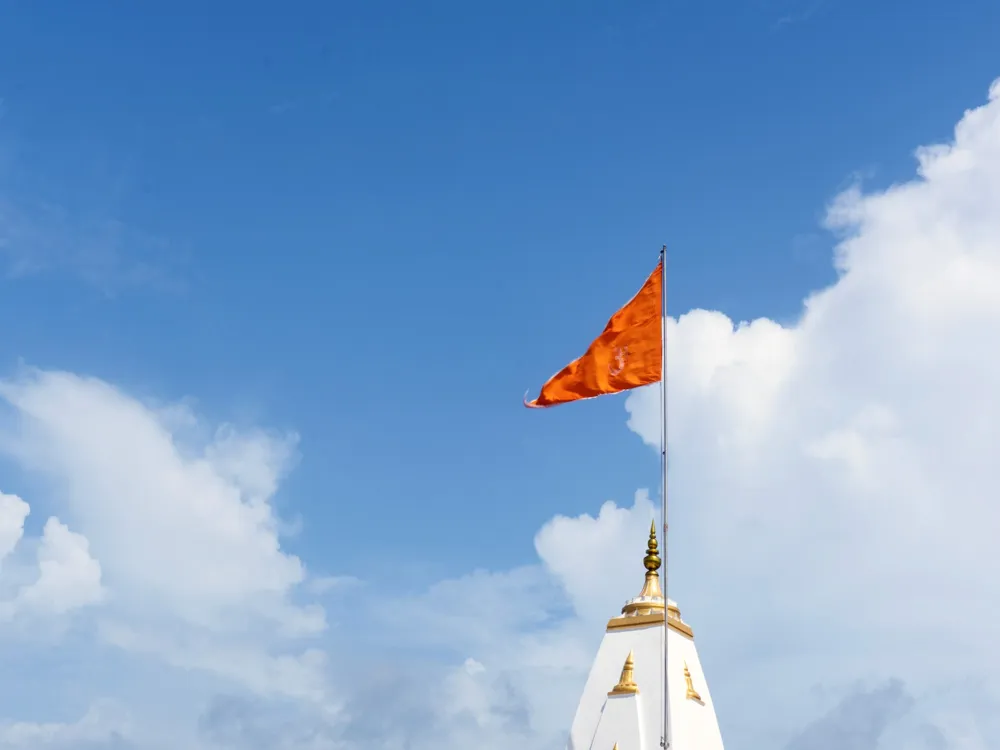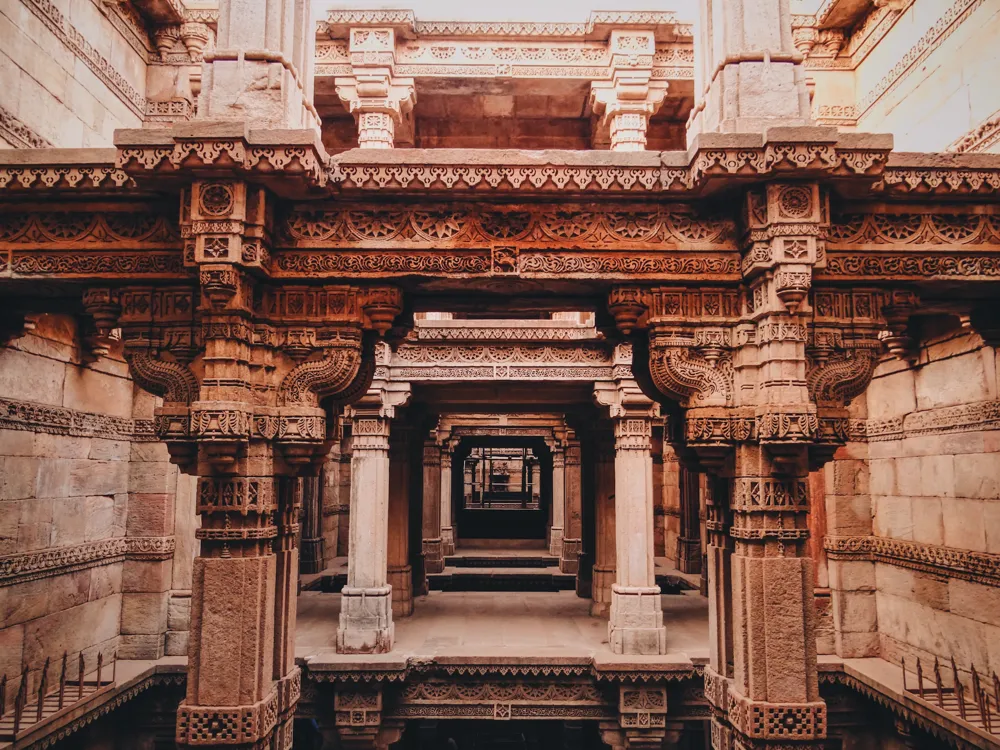Mahabat Maqbara, an architectural marvel in Junagadh, Gujarat, stands as a testimony to India's rich cultural and historical heritage. This mausoleum, which dates back to the late 19th century, is a unique blend of Indo-Islamic and Gothic architectural styles. It was once the abode of the Nawabs of Junagadh and is renowned for its intricate design and breathtaking beauty. The Maqbara is not only a significant historical site but also a symbol of the religious and cultural pluralism that characterizes the history of Gujarat. As you approach the Mahabat Maqbara, the first thing that strikes you is its magnificent facade, characterized by finely carved silver doors and intricate window frames. The structure is surrounded by well-maintained gardens that add to its majestic appearance. The mausoleum's interior is equally impressive, with its elaborate carvings, beautifully adorned arches, and stunning domes that speak volumes of the craftsmanship of the artisans of that era. The Maqbara is more than just a tomb; it is a piece of art that reflects the grandeur and splendor of a bygone era. The architecture of Mahabat Maqbara is a splendid amalgamation of Indo-Islamic and European influences, making it a unique landmark in Indian history. The structure is distinguished by its intricate carvings, minarets, domes, and archways. The blend of Islamic architectural elements with European gothic undertones makes it an extraordinary example of cultural fusion. The mausoleum features finely crafted silver doors, intricately designed minarets that are spiraled like a helix, and elaborate window designs that exhibit a mix of Islamic calligraphy and European motifs. The central dome of the Mahabat Maqbara is an architectural masterpiece, showcasing the interplay of light and shadow through its strategic design. The minarets, which are accessible by spiral staircases, offer a panoramic view of Junagadh city, providing a unique perspective on the surrounding landscape. The use of locally sourced yellow sandstone, combined with intricate carvings and detailed ornamentation, highlights the skill and artistry of the craftsmen. The Maqbara's design not only embodies the aesthetic sensibilities of the era but also reflects the socio-political dynamics and the religious tolerance of the Nawabs of Junagadh. The ideal time to visit Mahabat Maqbara is between October and March, when the weather in Gujarat is pleasant. During these months, the temperature is moderate, making it comfortable to explore the mausoleum and its surroundings. As Mahabat Maqbara is a tomb and a historical monument, visitors are advised to dress modestly and maintain a respectful demeanor throughout their visit. It is important to remember that this site holds cultural and historical significance. Photographers will find Mahabat Maqbara a delight, especially during the golden hours of sunrise and sunset. The interplay of light creates a mesmerizing effect on the structure, ideal for capturing stunning photographs. Mahabat Maqbara is well-connected and easily accessible. The nearest airport is in Rajkot, which is approximately 102 kilometers away. From Rajkot, visitors can hire a taxi or take a bus to Junagadh. The mausoleum is located in the heart of the city and is easily reachable by local transport. For those preferring to travel by train, Junagadh railway station is well-connected to major cities in India, and from there, local transportation can be used to reach the site. Read More: Overview of Mahabat Maqbara, Junagadh, Gujarat
Architecture of Mahabat Maqbara
Tips When Visiting Mahabat Maqbara
Best Time to Visit
Respecting the Site
Photography Tips
How To Reach Mahabat Maqbara
Mahabat Maqbara
Junagadh
Gujarat
NaN onwards
View junagadh Packages
Weather :
Label : Must Visit
Tags : Monument
Timings : Open 24 hours
Entry Fee : Free
Planning a Trip? Ask Your Question
Also Refered As:
Mausoleum of Bahaduddnbhai Hasainbhai
Junagadh Travel Packages
View All Packages For Junagadh
Top Hotel Collections for Junagadh

Private Pool

Luxury Hotels

5-Star Hotels

Pet Friendly
Top Hotels Near Junagadh
Other Top Ranking Places In Junagadh
View All Places To Visit In junagadh
View junagadh Packages
Weather :
Label : Must Visit
Tags : Monument
Timings : Open 24 hours
Entry Fee : Free
Planning a Trip? Ask Your Question
Also Refered As:
Mausoleum of Bahaduddnbhai Hasainbhai
Junagadh Travel Packages
View All Packages For Junagadh
Top Hotel Collections for Junagadh

Private Pool

Luxury Hotels

5-Star Hotels

Pet Friendly











